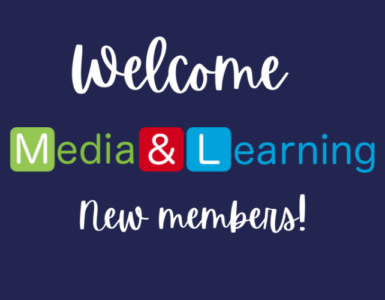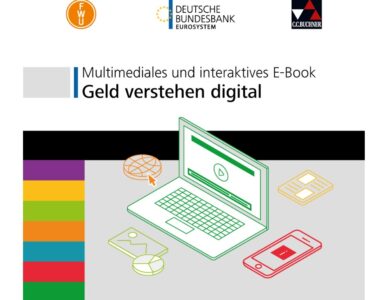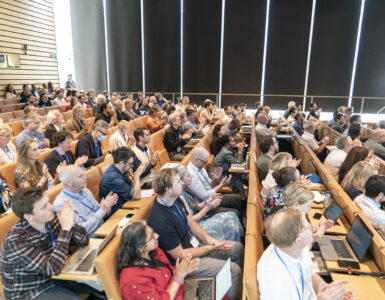Finding out what works in driving improved media literacy.
In the face of the Coronavirus pandemic, people looking for advice online may have come across suggestions that cutting up onions and leaving them around the house would ward off the virus. Others may have seen claims about 5G technology being its cause.
Unfounded theories and scientifically unsubstantiated advice like this have been commonplace on social media during the pandemic. And, however well intentioned, they can cause significant confusion meaning people find it hard to know what is reliable and what is not.
Our own survey shows that most people in the UK (58%) are concerned about the amount of misinformation about COVID-19.
This type of disinformation detracts attention from official health advice – based on credible scientific evidence. And the manner in which official health advice has been produced and disseminated might provide some lessons for how we mitigate harmful disinformation: experts translated complex scientific evidence, into clear, simple messages – such as wearing masks, washing our hands and keeping a safe distance from one another. These messages empower the public to take action and protect themselves, and their friends and families.
How do we do the same in Media Literacy – interpret the evidence to discover what messages are really effective in countering harmful disinformation? And what messages really land with the public?
To help answer these questions, we recently commissioned the London School of Economics to sift through thousands of studies about disinformation and Media Literacy. It found there is a need for more robust evaluation in the sector into what works and what doesn’t. It also identified promising avenues for exploration – such as using simple games as a way to teach strategies for avoiding disinformation. The report will be published in the next few days in the Ofcom website.
Creating a culture of using evidence to drive behaviours in a broad field like Media Literacy requires significant effort and investment from many parties. But other sectors – like the health sector – have shown that this can be achieved over time, and yield very large paybacks.

Arguably the work that led to the evidence-based fight against COVID-19 started in 1747, on board HMS Salisbury, when the ship’s surgeon James Lind took 12 men suffering from similar symptoms of scurvy, divided them into six pairs and treated them with remedies suggested by previous writers:
- a quart of cider a day
- 25 drops of elixir of vitriol, three times a day
- half a pint of sea-water a day
- a nutmeg-sized paste of garlic, mustard seed, horse-radish, balsam of Peru, and gum myrrh three times a day
- two spoonfuls of vinegar, three times a day
- two oranges and one lemon a day
By the end of the week, those on citrus fruits were well enough to nurse the others. To this day, we know that Vitamin C treats scurvy.
This example shows the two sides to the job at hand:
- Conduct well-structured evaluation (for example, using control groups as above);
- Collect the evidence, summarise it, and disseminate it, with a simple message. One can imagine the public health campaign, were we attempting to fix the problem today – Eat Oranges. Treat Scurvy.
At Ofcom, to help drive improved media literacy, we will encourage well-structured evaluation with pragmatic approaches that work for practitioners, systematic collection of the evidence it generates; and share our learnings working collaboratively with experts in the field. If you are interested in our work, consider joining our Making Sense of Media network.
We are also publishing monthly research findings which show how people are receiving and acting on information during the current pandemic, including which sources they trust most. To find out more about our work on disinformation and COVID, see our page here.

Author
Alberto Fernandes, Ofcom














